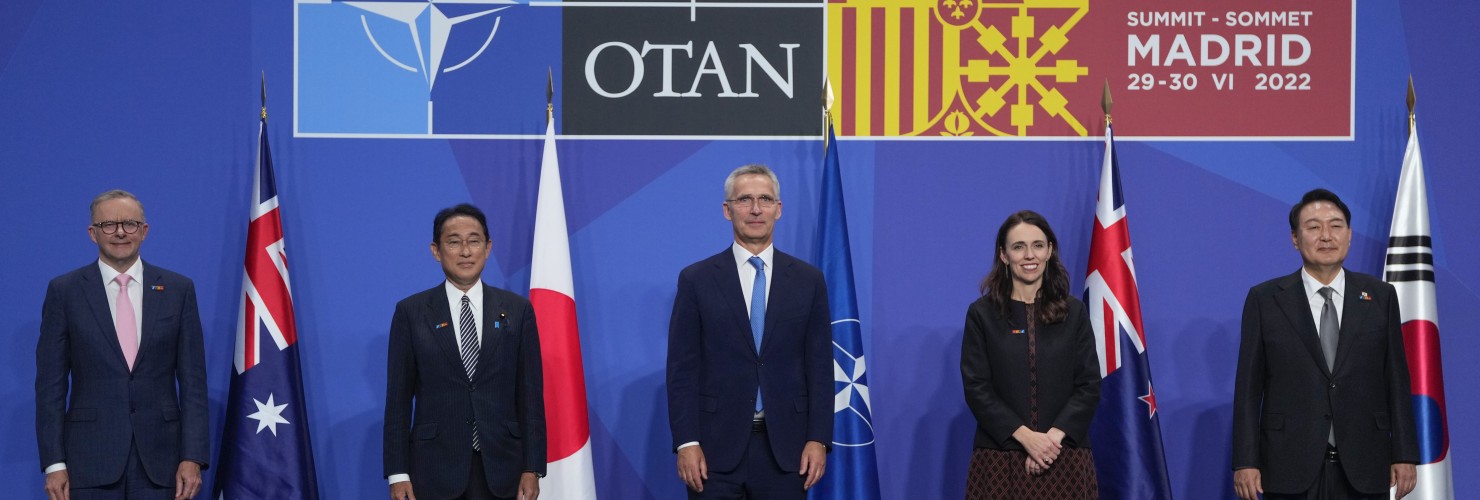Despite being far away from Madrid, the Indo-Pacific had a significant role at the most recent NATO summit that was held there. At this pivotal meeting, where allies accepted a new Strategic Concept, the leaders of NATO’s four Indo-Pacific allies—the “Asia-Pacific Four” ( South Korea, Japan, Australia, and New Zealand)—were invited for the first time.
This 10-year plan for NATO continues to place a lot of emphasis on Russia as the alliance’s top danger, but it also addresses China’s “structural problems,” which is a first.
The Indo-Pacific has already firmly entered the NATO horizon, despite the attention being on Russia because to the ongoing conflict in Ukraine.
The United States Department of State is the repository for all official documents pertaining to NATO membership.
The head of NATO, Jens Stoltenberg, welcomed it as “a positive day for Finland’s security, for Nordic security, and for NATO as a whole.”
He added, “This will strengthen NATO and make Finland safer.” The NATO membership procedure has never been this quick.
For us, it is a historic moment, according to a statement from Haavisto. “As long as Russia continues its illegal assault against Ukraine.
Finland’s top priority during the meeting will be to emphasise NATO’s support for that country. The Euro-Atlantic region’s stability and security are goals of ours.
The relationship between the European and Indo-Pacific theatres has been made clear by China’s alliance with Russia and Beijing’s resolve to remain close to Moscow after the invasion.
This could result in a greater presence of specific NATO countries in the Indo-Pacific in coordination with regional allies, which China had hoped to avoid.
Concern over China’s geopolitical growth, its capacity for force projection, and the potential effects these have on the rules-based international order and the global balance of power are shared by all NATO members.
It is clear that NATO will play a part in addressing any security threats China may pose in the Euro-Atlantic region.
Yet, there has long been debate over what kind of role, if any, the alliance should play in the Indo-Pacific region.
Certain NATO countries, like the United States, the United Kingdom, and France, keep a consistent military presence in the Indo-Pacific.
But others do not see the need to send troops there now that Russia has established itself as a direct threat to Europe or lack the resources to do so.
Yet, the increase in Indo-Pacific engagement and NATO’s inclusion of the EU as a “unique and crucial partner” in its Strategic Concept will open up new avenues and formats for collaboration and coordination among different organisations and regions.
But, it is crucial to make a distinction between the prospective collective involvement of NATO and its member nations in the Indo-Pacific.
Despite Beijing’s promises, the former remains incredibly implausible, but particular allies may increase their own footprint in the region by taking advantage of the alliance’s increased engagement with its international partners.















